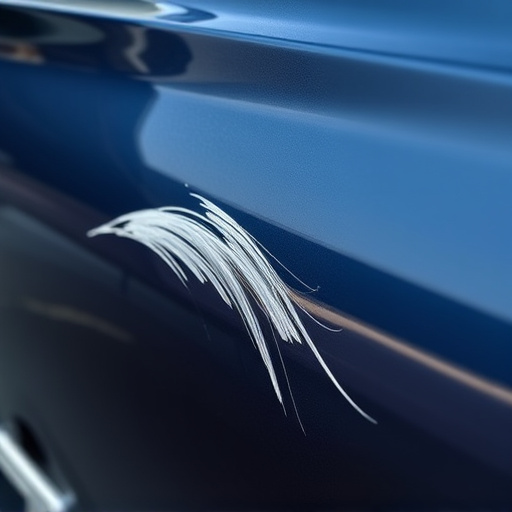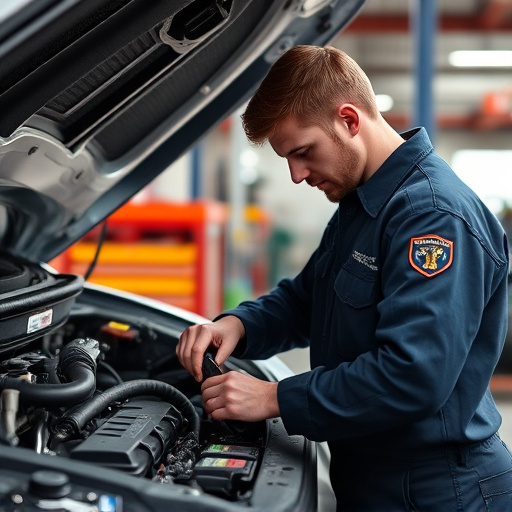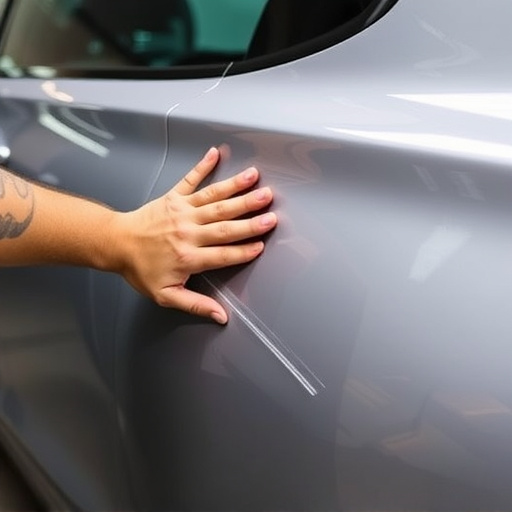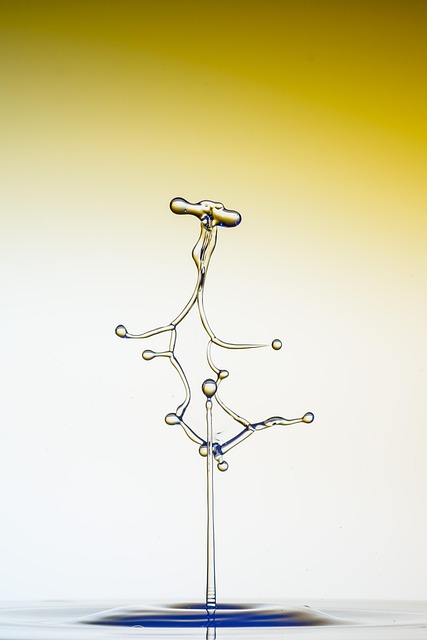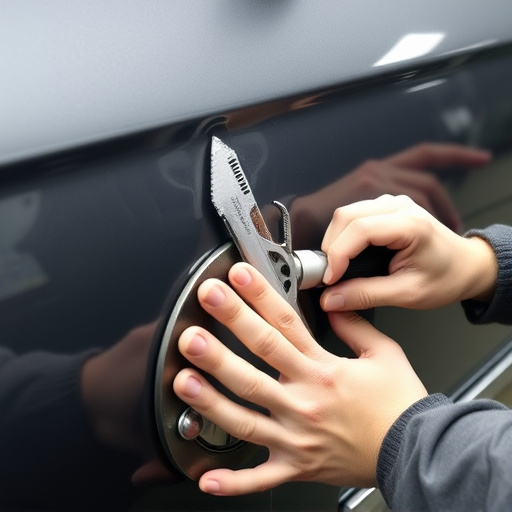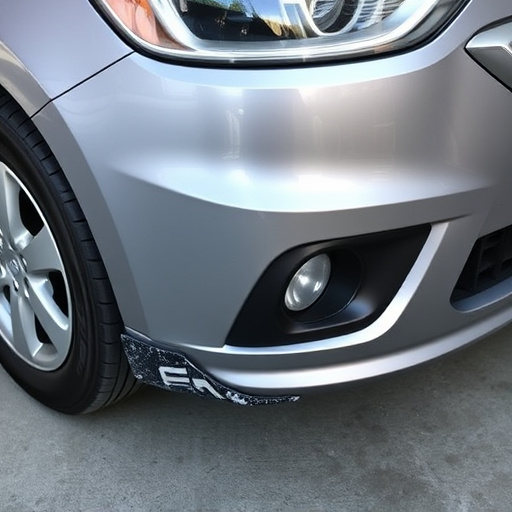Plastic welding technology, a specialized process using heat and pressure, is crucial in industries like car bodywork for precision repairs and structural integrity. Understanding techniques and equipment ensures robust bonds between diverse plastic materials, vital for luxury vehicle restoration and modern auto body parts. The automotive industry shifts towards lightweight plastics, demanding skilled technicians for fuel-efficient vehicles, highlighting the growing importance of plastic welding technology in auto repair.
Discover the fascinating world of plastic welding technology, a critical process in modern manufacturing. This article breaks down the key elements you need to know for effective plastic welding. From understanding the fundamentals to exploring advanced applications, we’ll guide you through essential techniques and industry trends shaping this dynamic field. Learn about specialized equipment and innovative practices that make plastic welding an indispensable tool for diverse industries today.
- Understanding the Basics of Plastic Welding
- Essential Techniques and Equipment
- Advanced Applications and Industry Trends
Understanding the Basics of Plastic Welding
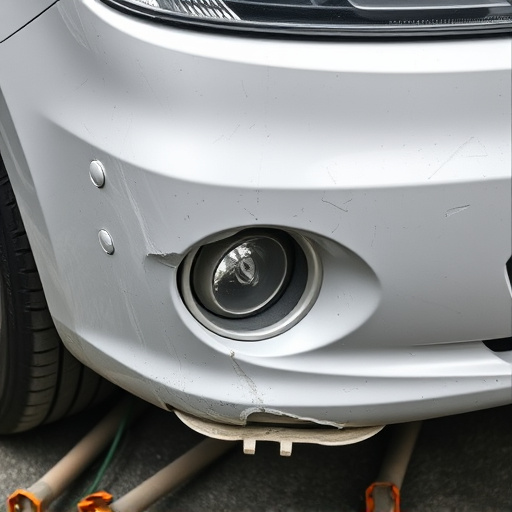
Plastic welding technology is a specialized process that involves joining plastic materials through heat and pressure. Unlike traditional metal welding, which uses fusion to bind metals together, plastic welding leverages the material’s inherent properties to create strong bonds. Understanding this distinct approach is crucial for anyone involved in industries such as car bodywork or automotive body shop, where precision and durability are paramount.
In the realm of luxury vehicle repair, where aesthetics and functionality go hand in hand, mastering plastic welding technology becomes an indispensable skill. By grasping the basics of this process, technicians can ensure that repairs not only maintain structural integrity but also preserve the sleek and sophisticated look that luxury vehicles are renowned for. Whether it’s repairing or replacing components in a car’s interior or exterior, knowledge of plastic welding ensures long-lasting results that seamlessly integrate with the vehicle’s original design.
Essential Techniques and Equipment
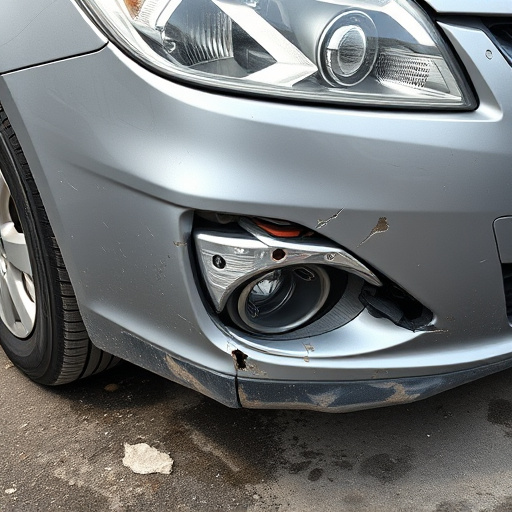
In the realm of plastic welding technology, mastering essential techniques and utilizing the right equipment is paramount for achieving seamless and durable bonds. This process, a cornerstone in industries like car collision repair and classic car restoration, involves specialized tools designed to meld different types of plastics together. The first step in this intricate procedure often entails preparing the surfaces by cleaning and smoothing them to ensure maximum adhesion. Then, professionals employ various welding methods such as hot gas welding, ultra-sonic welding, or laser welding, each tailored for specific plastic materials and bond strengths.
For automotive restoration projects, the precision afforded by these techniques is invaluable. Whether repairing cracked panels on a vintage vehicle or reassembling components in a modern car after an accident, plastic welding technology offers solutions that preserve the integrity and aesthetic appeal of the original vehicle. The right equipment, including state-of-the-art welders and precision tools, facilitates clean, strong bonds, ensuring longevity and performance comparable to—or even surpassing—the original factory work.
Advanced Applications and Industry Trends
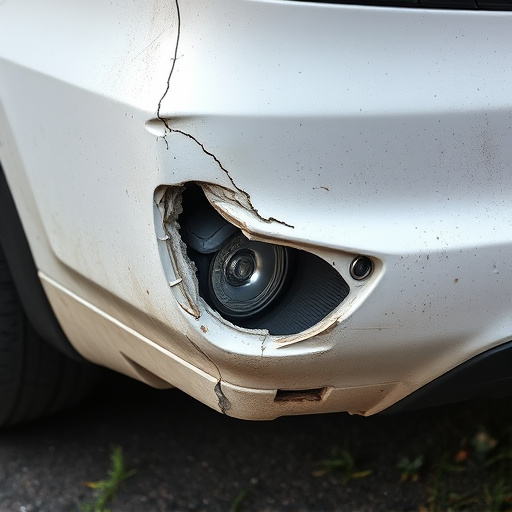
The realm of plastic welding technology has evolved far beyond its initial applications, with advanced techniques now playing a pivotal role in various industries. One notable trend is the increased use of plastic welding in the automotive sector, particularly in auto body shops and collision repair facilities. These establishments are leveraging modern plastic welding technology to achieve precision and efficiency in repairs, replacing traditional metal welding methods for certain components. This shift not only enhances structural integrity but also reduces weight, a key factor in today’s fuel-efficient vehicles.
Additionally, the automotive repair landscape is witnessing the integration of innovative materials and designs that demand specialized plastic welding techniques. As manufacturers continue to explore lightweight alternatives, the demand for skilled technicians proficient in advanced plastic welding applications is on the rise. This trend underscores the importance of staying abreast of industry developments, ensuring that auto body shops and collision repair centers can adapt and offer cutting-edge services to meet the evolving needs of modern vehicles and their owners.
Plastic welding technology, a multifaceted process, continues to evolve with advanced applications and industry trends. By understanding the basics, mastering essential techniques and familiarizing yourself with cutting-edge equipment, you can harness the full potential of this versatile method. As the demand for lightweight, durable plastic components grows across industries, staying informed about key elements of plastic welding ensures your place at the forefront of innovation.
